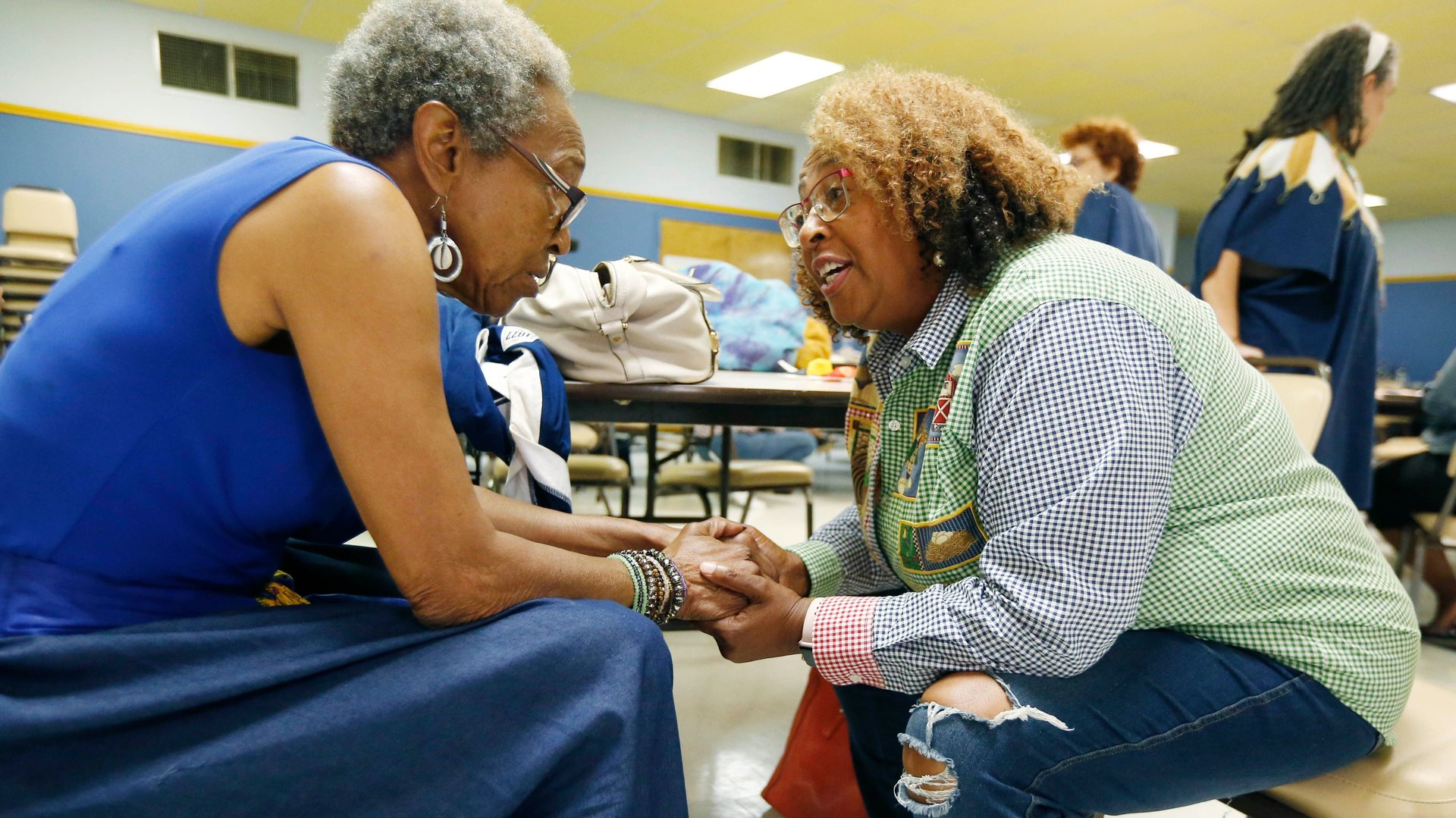Here’s where Americans meet the friends they see the most
Think of the two friends you spend the most time with (and to whom you’re neither related nor romantically attached). How did you meet?


Think of the two friends you spend the most time with (and to whom you’re neither related nor romantically attached). How did you meet?
While there’s lots of sociological research on how people meet their romantic partners (online, increasingly), there’s surprisingly little on the origins of friendships. Having friends is linked to greater happiness, better health, and possibly even a higher tolerance for pain. Given the significance of these relationships, there’s value in understanding where they come from.
Reuben J. Thomas is a sociologist who studies interpersonal relationships. He surveyed roughly 1,000 people in the US about how they met the two people they “most often socialize with face-to-face,” and found that the way people meet their best pals varies widely with age. School friends pop up most frequently in the social calendars of people in their early twenties, while neighbors and people met through volunteer service become more frequent companions as people age. The data were collected in 2007 and, as far as Thomas knows, this is the only nationally representative data on how Americans meet their friends.
These social interactions have broader consequences for society. Friendships made at school are less likely to be interracial but more likely to cross socioeconomic class lines, whereas those made through work are more likely to be with people of a different race but similar educational and economic status. (Roughly 16% of friendships are interracial, as are marriages.)
“How people find their friends, their romantic partners, their mentors, their business partners… has a huge impact on who they end up finding,” Thomas says.